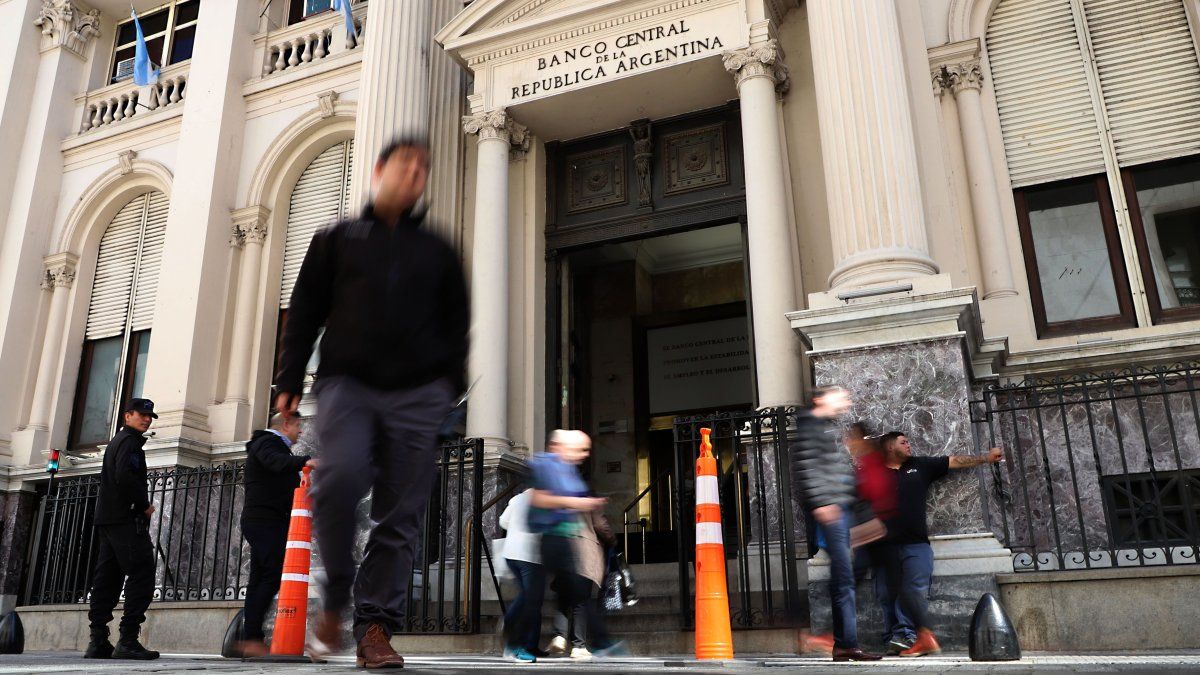That is why the projection for January is that it would close with a sale of around US$1,000 million, the worst record since the 2014/15 campaign. Also, very far from January record of last year when they entered more than US$2.400 millionleveraged to a large extent by the high international prices of the oilseed and the constant international demand.
Everything suggests that the first quarter of this year will not be able to resemble the record of 2022 at all, when between January and March they entered almost US$8,000 million. In 2023 the economy will have fewer dollars because significant cuts are expected in the soybean and corn harvest, added to what has already happened with wheat.
In this context, a key factor will play a key factor this year that can also delay producers’ sales, as has happened in other years. It is that the presidential elections and a possible change of economic course or not, ends up establishing a waiting compass in soybean sales. In short, that producer who needs financing will sell, but the truth is that many others will wait for a clearer picture.
The drought that worries
Going forward, what worries is the impact the drought will have of the current campaign in the foreign exchange income of 2023. The first projections are that both the soybean and corn harvests would fall below 40 million tons and, therefore, only accounting for the main granary complexes, the income of dollars would be reduced by around US$10,000 million. –in the best scenario– and more than US$15,000 million if the necessary rains do not arrive next February.
According to the last work of the Rosario Stock Exchange 12 million tons of a soybean crop predicted in advance at 49 million tons, that is, 25% of the total, have already been lost. Meanwhile, the oilseed campaign, the country’s main foreign exchange earning product, would end with a harvest of only 37 million tons and its exports could fall by more than $7.5 billion.
In the case of corn, 5% has been lost so far this season. Besides, the Rosario Stock Exchange (BCR) reported that 10% of the designated area will not be planted. In the case of soybeans, the crop has a status of 85% fair to poor and new area losses are expected. For cereal, the BCR report highlighted that only 1.1 million hectares remain in the race. Of this total, 65% are between very good to good and 35% from fair to bad.
Source: Ambito
David William is a talented author who has made a name for himself in the world of writing. He is a professional author who writes on a wide range of topics, from general interest to opinion news. David is currently working as a writer at 24 hours worlds where he brings his unique perspective and in-depth research to his articles, making them both informative and engaging.




